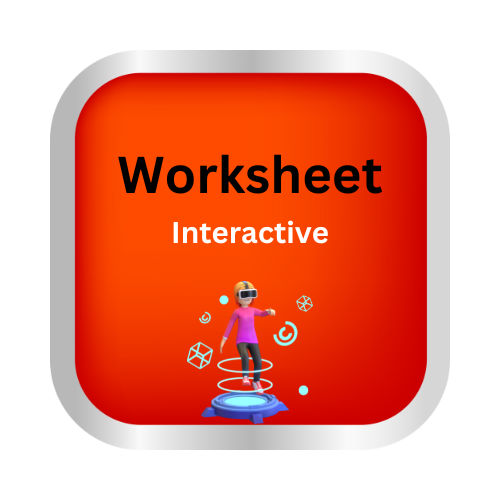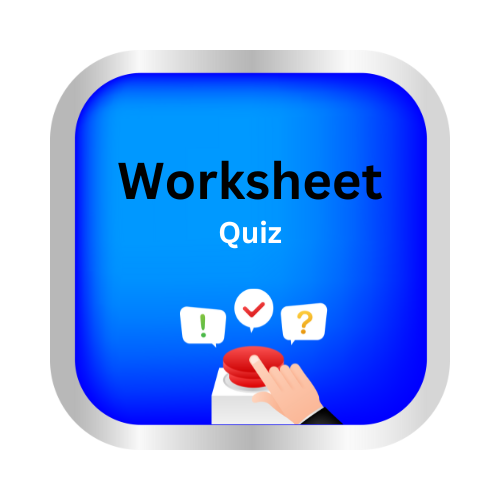Interpret figures of speech
Key Notes :
1. What is a Figure of Speech?
- Definition: A figure of speech is a rhetorical device used to convey meaning or create a certain effect through the use of language in a non-literal way.
- Figures of speech are often used to add emphasis, clarity, or emotional effect to writing.
2. Types of Figures of Speech
a. Simile
- Definition: A comparison between two different things using the words “like” or “as.”
- Example: Her smile was as bright as the sun.
- Interpretation: This suggests that her smile was very bright and pleasant, similar to the sun.
b. Metaphor
- Definition: A direct comparison between two different things, without using “like” or “as.”
- Example: Time is a thief.
- Interpretation: Time is being compared to a thief, meaning it takes away moments of our lives without us realizing it.
c. Personification
- Definition: Giving human qualities or characteristics to non-human things or abstract ideas.
- Example: The wind whispered through the trees.
- Interpretation: The wind is described as if it can whisper, adding a sense of mystery or quietness.
d. Hyperbole
- Definition: An exaggerated statement that is not meant to be taken literally.
- Example: I have a ton of homework to do.
- Interpretation: The speaker doesn’t literally have a ton of homework, but the exaggeration emphasizes how overwhelming the homework feels.
e. Alliteration
- Definition: The repetition of the same consonant sound at the beginning of words in close proximity.
- Example: Peter Piper picked a peck of pickled peppers.
- Interpretation: The repetition of the “P” sound creates a rhythmic effect and makes the phrase memorable.
f. Onomatopoeia
- Definition: Words that imitate the sound they represent.
- Example: The clock ticked loudly in the silence.
- Interpretation: “Ticked” imitates the sound of a clock, emphasizing the quiet, almost eerie silence.
g. Oxymoron
- Definition: A combination of contradictory or opposite words placed together.
- Example: Bittersweet
- Interpretation: The word combines two opposing emotions—bitterness and sweetness—showing a mix of feelings.
h. Idiom
- Definition: An expression whose meaning is different from the literal meaning of its words.
- Example: Break the ice.
- Interpretation: To “break the ice” means to initiate conversation or ease tension, not to physically break ice.
i. Irony
- Definition: A contrast between what is said and what is meant, or what happens and what is expected to happen.
- Example: The fire station burned down.
- Interpretation: It’s ironic because one would expect a fire station to be the last place to catch fire.
3. Importance of Figures of Speech
- Emphasis: Figures of speech help to highlight important ideas or feelings.
- Imagery: They create vivid images in the reader’s mind, making the writing more engaging.
- Tone and Mood: Figures of speech can set the tone (serious, humorous, etc.) and mood of a passage.
- Creativity: They allow writers to express ideas in unique and creative ways.
4. How to Interpret Figures of Speech
- Context: Always consider the surrounding text to understand the intended meaning.
- Literal vs. Figurative Meaning: Identify whether the statement is meant to be taken literally or figuratively.
- Cultural Understanding: Some idioms or expressions may be culture-specific, so familiarity with them is important for correct interpretation.
5. Practice with Examples
- Example 1: The classroom was a zoo.
- Interpretation: This is a metaphor suggesting that the classroom was noisy and chaotic, not an actual zoo.
- Example 2: She has a heart of stone.
- Interpretation: This is a metaphor indicating that the person is cold-hearted or emotionally unfeeling.
Learn with an example
🤜 What does the idiom in this text suggest?
If you don’t mind waking up at the crack of dawn (or if you even prefer it), consider a career as a baker, a teacher, or an investment banker.
- You have to wake up very early.
- You have to wake up at sunset.
The text uses an idiom, an expression that cannot be understood literally.
The idiom at the crack of dawn suggests that you have to wake up very early. Dawn is the beginning of the day, so the idiom means very early.
🤜 What does the euphemism in this text suggest?
Philip is big-boned, so despite being in middle school, he often shops in the men’s department.
- Philip is overweight.
- Philip is tall for his age.
The text uses a euphemism, a polite or indirect expression that is used to de-emphasize an unpleasant topic.
The euphemism big-boned suggests that Philip is overweight.
🤜 What does the hyperbole in this text suggest?
Last August, you could fry an egg on the pavement in Kolkata.
- Kolkata was extremely hot last August.
- Kolkata can be a good place for frying eggs.
The text uses hyperbole, an obvious exaggeration that is not meant to be taken literally.
The hyperbole you could fry an egg on the pavement suggests that Kolkata was extremely hot last August. You could not literally fry an egg on the pavement.
let’s practice!

